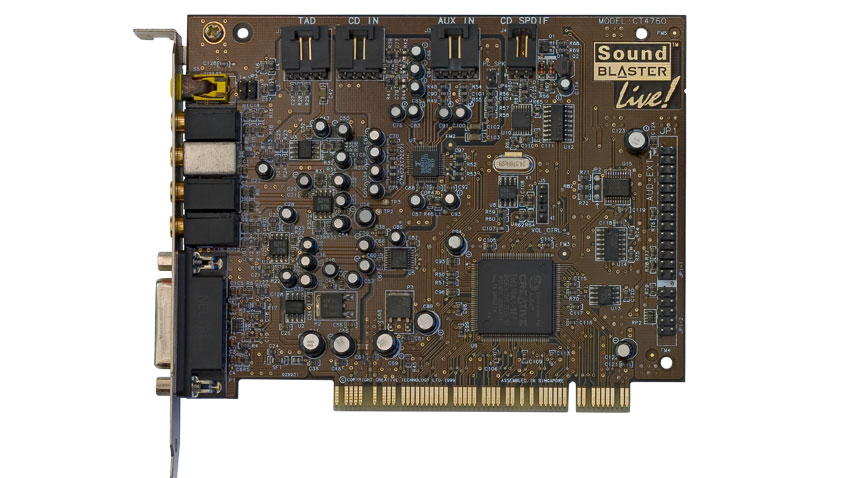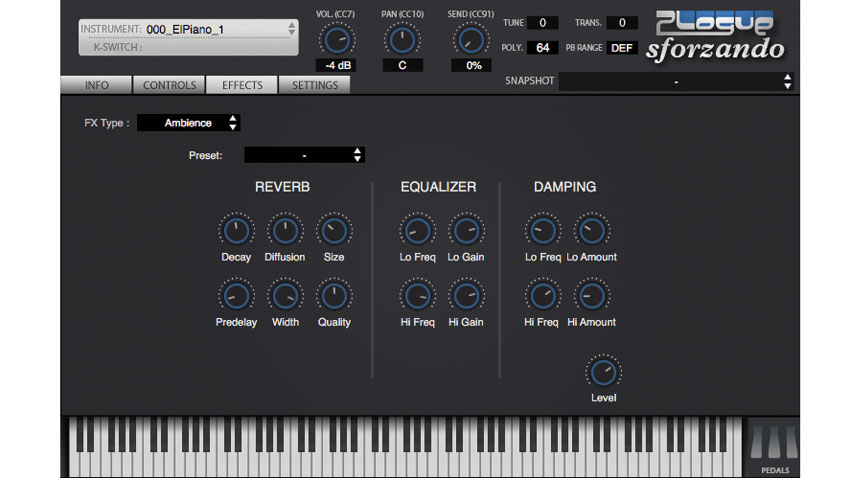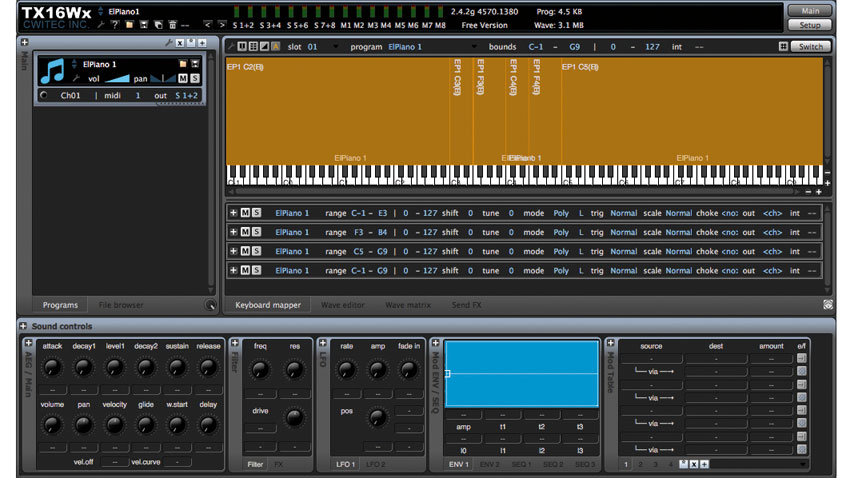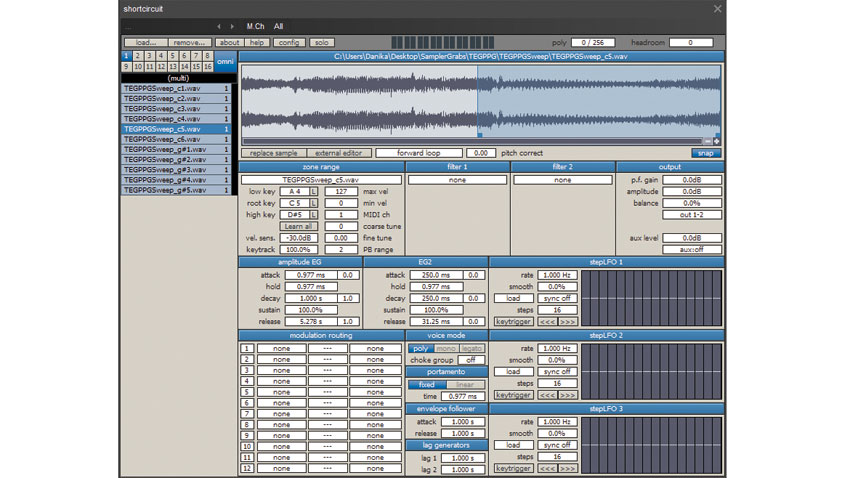Blast from the past: Creative Labs Sound Blaster Live!
A seemingly innocuous add-in audio card aimed at gamers, 1998’s entry from Creative’s soundcard catalogue forever changed music production

Is there a ‘Year Zero’ for computer music? Maybe. In much the same way that 1976 is seen as Year Zero for punk rock - and, consequently, the democratisation of the record industry - 1998 was the year that computer music production broke out of the lofty environs of academia and moneyed pro studios. And just as the British music scene had been building for years toward the perfect punk storm of 1976, computer technology was, in 1998, primed for a revolution.
One of the loudest volleys in that revolution came from Creative Labs. For over a decade, they’d been producing a series of ever more powerful consumer quality soundcards for gamers. Earlier models offered such, erm, ‘features’ as 22kHz stereo audio playback and built-in (simplified) Yamaha FM synthesis. It got a little better in 1994, with the release of the Sound Blaster AWE32, offering the ability to play samples, thanks to the company’s proprietary SoundFont format.
However, as successful as the various Creative cards were, they were always something of a compromise, lacking the fidelity for professional music production.
That all changed with the Live! (the exclamation mark is theirs, not ours). The Live! achieved a new level of sound quality by offering a full four channels of 16-bit, 48kHz recording and playback. SoundFonts were still supported but, unlike previous cards, not dependent on onboard RAM; instead, they made use of the host computer’s memory. MIDI and digital I/O were included, as was a new feature, ‘What U Hear’, that allowed the user to record the cards’ output, complete with SoundFonts and effects such as reverb and chorus. There was even rudimentary support for surround playback, though the sub channel was a bit of a kludge.
Live! and direct
All of these features were familiar stuff to users of pro soundcards - but the Live! was the first of its class for the consumer market. And, well… it sounded pretty damn good. Surprisingly so, given its price tag. For the first time, a skint musician could achieve reasonably professional sound quality with their home computer - without having to remortgage the home itself.
Though some would argue with the use of the word ‘professional’ in the above context, the claim is borne out by the fact that successful records were indeed produced with the Sound Blaster Live!, not least those by one Kieran Hebden, known to his fans as Four Tet, whose bedroom-based DIY productions would spawn an entire new genre of electronic music.
Four Tet may have been the most visible Sound Blaster Live! user, but he wasn’t alone. Creative sold them by the truckload and continued to pump out variations until 2001, when their 24-bit Audigy line superseded it.
Want all the hottest music and gear news, reviews, deals, features and more, direct to your inbox? Sign up here.
It has to be noted that the Sound Blaster Live! made its debut in August, 1998. In what would prove to be a fortuitous bit of timing for the would-be desktop musician, the very first issue of Computer Music magazine hit stands a mere two months later.
Three great plugin alternatives

Plogue sforzando
You wouldn’t expect a software emulation of a soundcard, but there have been a number of products designed to replicate the Sound Blaster’s SoundFont playback functions. Plogue’s free and cross-platform sforzando is among the best, letting users load and play existing Soundfonts in a modern DAW. You also get access to a classic wavetable synthesiser.
Download Plogue sforzando for free

Cwitec TX16Wx
Another cross-platform freebie capable of loading/playing back SoundFont sample sets, TX16Wx is loosely patterned after (and improves upon) the notorious 80s Yamaha sampler. A fully-featured sample powerhouse, TX16Wx is far simpler than the machine that inspired it, replacing the hardware’s cryptic menu-driven interface with drag-and-drop.
Download Cwitec TX16Wx for free

Vember Audio Shortcircuit
Initially developed as a commercial product, Shortcircuit is a free, comprehensive sampler extracted from the legendary Surge soft synth. It's big on features, with just about everything you’d want from a software sampler, minus the price tag. And yes, it’ll dutifully load and play SoundFonts. Long in the tooth, but worth a look.


Computer Music magazine is the world’s best selling publication dedicated solely to making great music with your Mac or PC computer. Each issue it brings its lucky readers the best in cutting-edge tutorials, need-to-know, expert software reviews and even all the tools you actually need to make great music today, courtesy of our legendary CM Plugin Suite.
